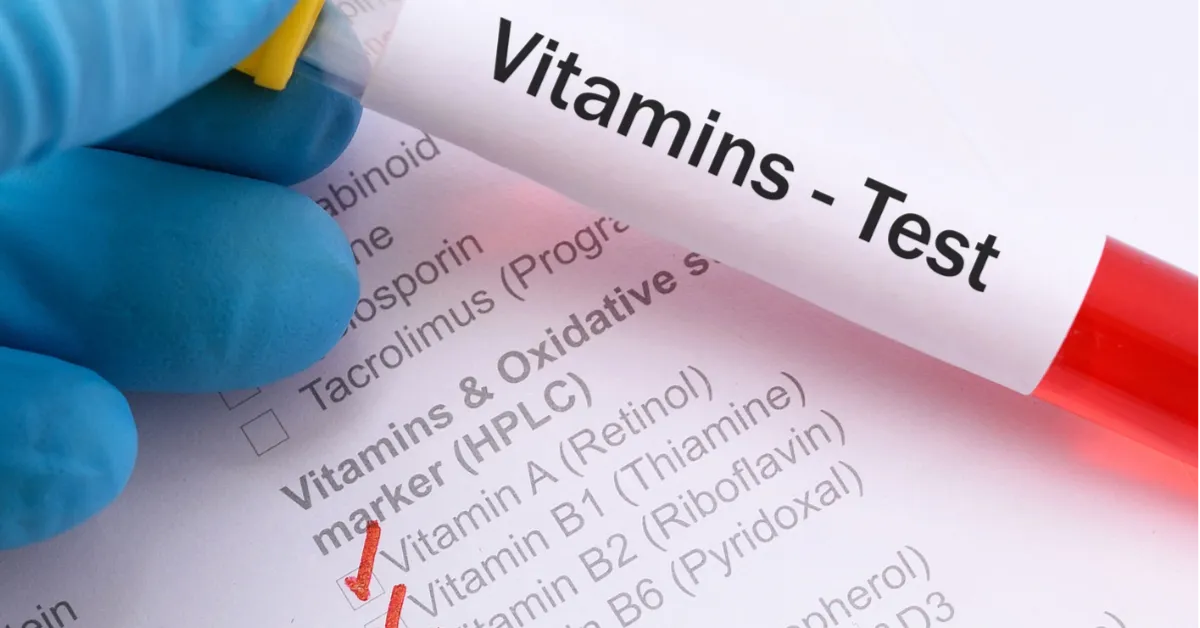EN 19022 Vitamin B1 Assay in Wheat and Rye Products
The European Standard EN 19022 specifies a method for the quantitative determination of thiamine (vitamin B1) content in wheat, rye, and their products. This standard is crucial for ensuring food safety and quality by providing accurate measurement of this vital nutrient.
Vitamin B1, also known as thiamine, plays a key role in carbohydrate metabolism and the generation of energy at the cellular level. Ensuring adequate levels of vitamin B1 is essential to prevent deficiencies that can lead to various health issues such as beriberi, which affects neurological function.
In the context of wheat and rye products, compliance with EN 19022 ensures that consumers receive nutritionally balanced food. This standard supports quality assurance efforts in the agricultural and food sectors by offering a harmonized approach to testing vitamin B1 content.
The assay involves several steps: preparation of the sample, extraction of thiamine from the matrix, and its quantification using high-performance liquid chromatography (HPLC). The method is designed to provide accurate results that are traceable to international standards like ISO/IEC 17025 for proficiency.
Understanding the intricacies of this standard helps stakeholders in the food industry make informed decisions about product quality and compliance. For instance, manufacturers can use these test results to adjust formulations or sourcing strategies to meet nutritional guidelines set by regulatory bodies such as the European Food Safety Authority (EFSA).
The importance of EN 19022 extends beyond just vitamin B1; it also underscores the broader commitment to transparency and reliability in food testing. This standard ensures that consumers can trust that products labeled as containing specific nutrients do indeed meet those claims.
Scope and Methodology
| Step | Description |
|---|---|
| Sample Preparation | The sample should be finely ground to ensure a uniform distribution of thiamine. This step is critical for accurate extraction. |
| Extraction | Thiamine is extracted using an aqueous solution, followed by drying and reconstitution in acetonitrile. |
| Chromatographic Analysis | The sample is injected into the HPLC system for separation and quantification of thiamine. The method involves UV detection at 254 nm. |
This table outlines the key steps involved in the EN 19022 assay, highlighting the precision required at each stage to ensure accurate results.
Quality and Reliability Assurance
The reliability of test results underpins consumer trust. To achieve this, our laboratory adheres strictly to EN 19022 guidelines. This includes rigorous quality control measures such as regular calibration of instruments and validation of methods.
We employ experienced analysts who are certified in HPLC techniques, ensuring that each assay is conducted with the highest level of accuracy. Our facility maintains ISO/IEC 17025 accreditation, which guarantees adherence to international standards for proficiency.
Regular internal and external audits further enhance our commitment to quality. These audits involve blind sample testing and comparison with results from other accredited laboratories. This ensures that any discrepancies are identified early, allowing for corrective actions promptly.
The use of advanced chromatographic instrumentation enhances the precision and reproducibility of our assays. By leveraging state-of-the-art equipment, we can achieve detection limits as low as 0.1 mg/kg, ensuring even trace levels of thiamine are accurately quantified.
Environmental and Sustainability Contributions
- Sustainable Practices: The use of efficient extraction techniques minimizes waste generation during the assay process.
- Eco-Friendly Materials: We opt for sustainable packaging solutions to transport samples, reducing environmental impact.
- Energy Efficiency: Our laboratory is equipped with energy-efficient equipment and lighting systems to reduce overall carbon footprint.
- Waste Management: Hazardous waste from the assay process is managed through certified disposal methods to prevent contamination of natural resources.
By integrating these practices into our testing protocols, we contribute positively to environmental sustainability while maintaining high standards of quality and reliability.





